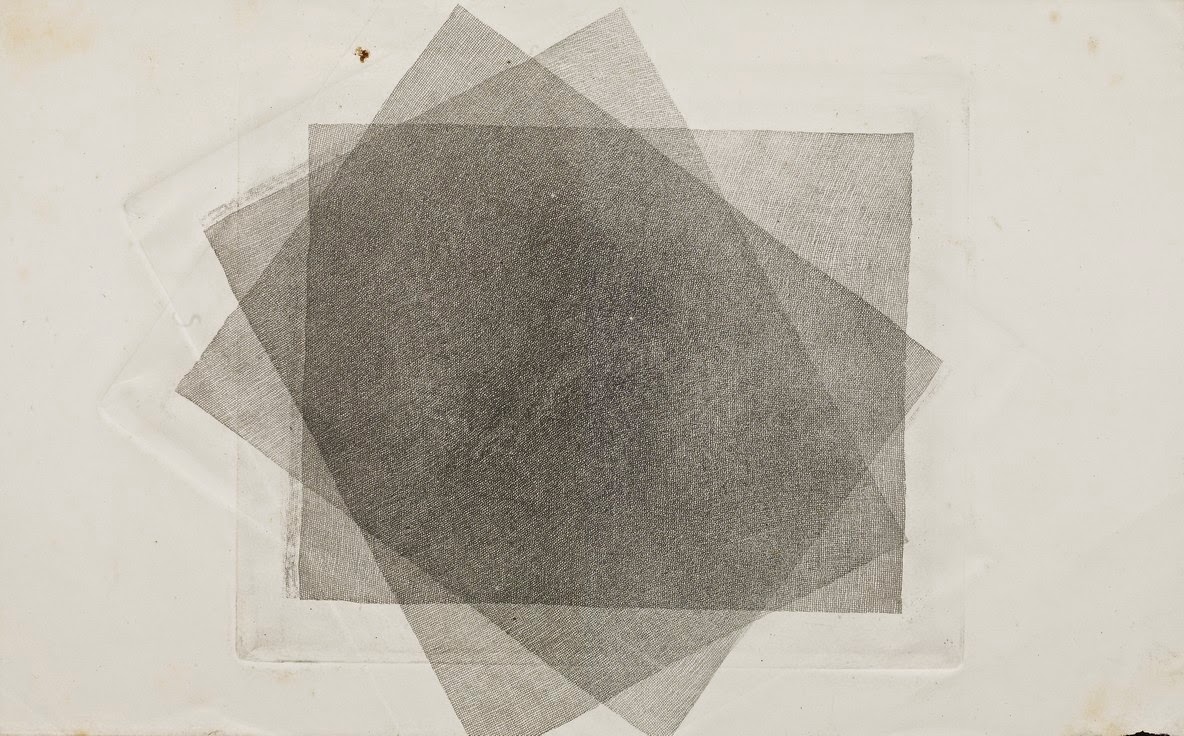Henry Fox Talbot. Photographs Constructivism in 1857
La revisión de las colecciones en línea de los museos presentan con relativa frecuencia muchas sorpresas, fotos que no pensábamos que se hubieran hecho en las fechas en que fueron realizadas.
En el Open Content Program del Museo Getty he visto estas dos fotos que, creo, se pueden ver hoy como verdaderas obras constructivistas, es decir adelantadas a este movimiento artístico que apareció hacia 1915 principalmente en Rusia.
Son fotos extrañas, bonitas, parecen veladuras de un pintor hechas por un fotógrafo
- William Henry Fox Talbot, photographer (English, 1800 - 1877)
Three Sheets of Gauze, Crossed Obliquely, about 1852 - 1857, Photographic engraving
Image: 13.3 x 12.7 cm (5 1/4 x 5 in.) (irregular) Sheet: 20.5 x 12.8 cm (8 1/16 x 5 1/16 in.)
The J. Paul Getty Museum, Los Angeles
Image: 13.3 x 12.7 cm (5 1/4 x 5 in.) (irregular) Sheet: 20.5 x 12.8 cm (8 1/16 x 5 1/16 in.)
The J. Paul Getty Museum, Los Angeles
William Henry Fox Talbot, photographer (English, 1800 - 1877) Veil: Engine Rules Lines, Crossed at Right Angles, possibly July 29, 1859, Photographic engraving
Image: 15.6 x 13.8 cm (6 1/8 x 5 7/16 in.) Sheet: 22.3 x 13.8 cm (8 3/4 x 5 7/16 in.)
The J. Paul Getty Museum, Los Angeles
http://d2hiq5kf5j4p5h.cloudfront.net/25366301.jpg
Casi recuerda a los cuadros de Josef Albers
Met Museum

